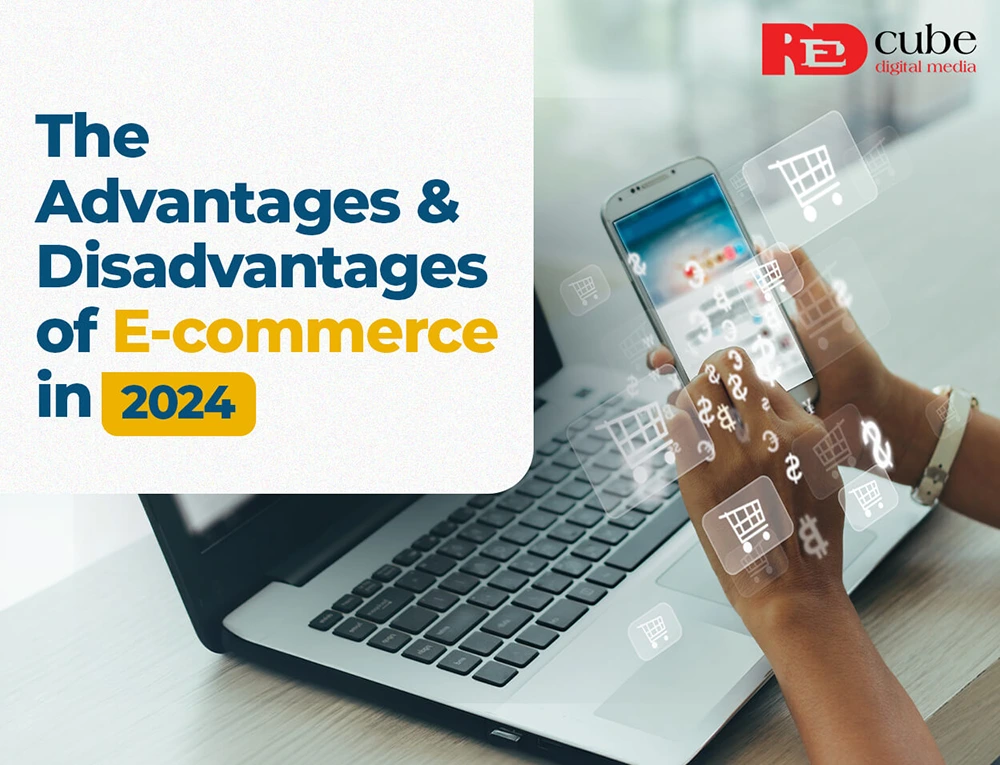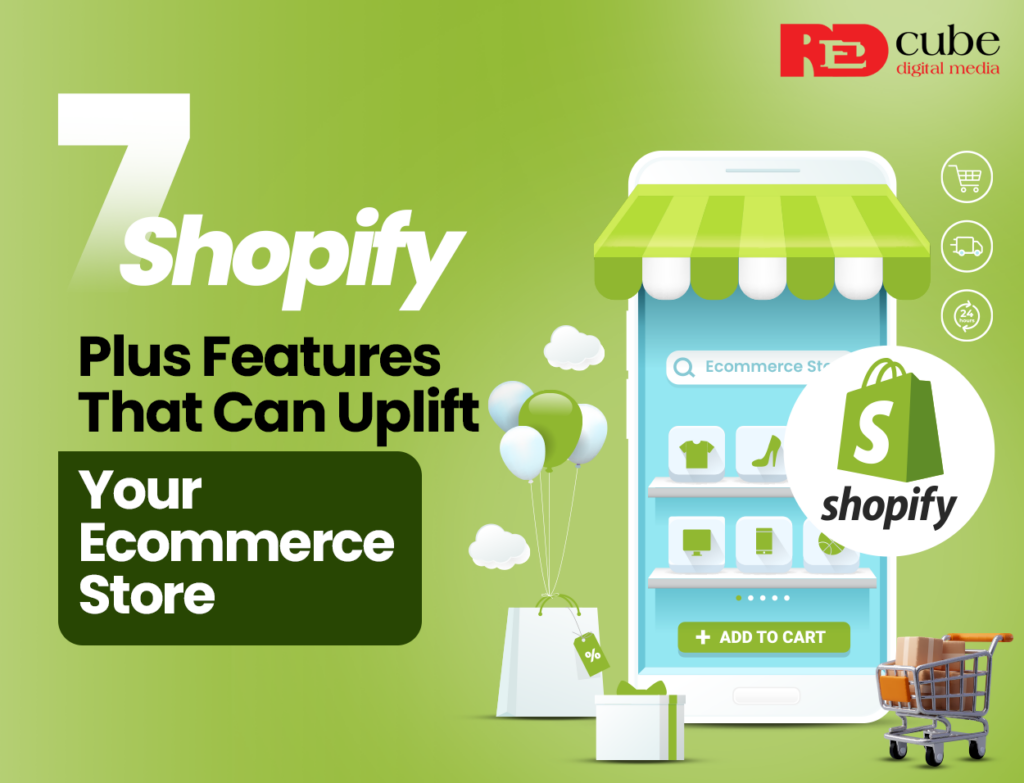Have you ever wondered how e-commerce is reshaping the way we buy and sell in the digital age? As businesses flock to the online marketplace and consumers revel in the ease of shopping at their fingertips, it’s hard to dismiss the impact of this digital revolution. But amidst the allure of global reach and cost savings, have you stopped to ponder the intricate web of challenges and opportunities that e-commerce presents?
Join me as we untwist the hidden truths and untold stories behind the booming e-commerce industry, delving into the very heart of its advantages and complexities. Let’s venture on a journey that discloses the secrets to success in the digital marketplace.
What is E-commerce?
E-commerce, short for electronic commerce, refers to the buying and selling of goods and services over the Internet. It encompasses a wide range of online business activities, including:
- Retail sales
- Digital products and services
- B2B transactions
- Online marketplaces
- Subscription-based models
According to a report by Statista, global e-commerce sales are projected to reach $6.3 trillion by 2024, highlighting the immense potential of this digital business model.
7 Major Advantages of E-commerce
1. Global Reach and Market Expansion
One of the most significant benefits of e-commerce is the ability to reach customers worldwide. Unlike traditional brick-and-mortar stores, online businesses can sell to anyone with an internet connection, regardless of geographical boundaries.
Key benefits
- Access to international markets
- Increased customer base
- Opportunity for niche market targeting
What do stats say?
A study by McKinsey & Company found that cross-border e-commerce is growing at twice the rate of domestic e-commerce, with an estimated value of $900 billion in 2020.
2. Lower Operational Costs
E-commerce businesses often enjoy lower operational costs compared to traditional retail stores. This cost-efficiency can lead to higher profit margins and more competitive pricing.
Cost savings areas
- Reduced need for physical retail space
- Lower staffing requirements
- Automated inventory management
- Decreased marketing expenses through digital channels
“E-commerce allows businesses to operate with leaner structures and focus resources on core activities, leading to improved efficiency and profitability,” says Dr. Sunil Gupta, Professor of Business Administration at Harvard Business School.
3. 24/7 Availability
Unlike physical stores with set operating hours, e-commerce websites are open for business around the clock. This constant availability can significantly increase sales opportunities and customer satisfaction.
Benefits of 24/7 availability
- Convenience for customers in different time zones
- Increased sales potential
- Improved customer experience
Interesting fact
According to a survey by BigCommerce, 43% of online shoppers have made a purchase while in bed, highlighting the importance of round-the-clock availability.
4. Personalized Customer Experiences
E-commerce platforms allow businesses to collect and analyze customer data, enabling personalized shopping experiences tailored to individual preferences and behaviors.
Personalization strategies
- Product recommendations
- Targeted email marketing
- Customized promotions
- Personalized website content
Case study
Amazon’s recommendation engine is responsible for 35% of its total sales, demonstrating the power of personalization in e-commerce.
5. Easier Inventory Management
Digital tools and automation make inventory management more efficient and accurate for e-commerce businesses. This improved control can lead to reduced costs and better customer satisfaction.
Inventory management benefits
- Real-time stock tracking
- Automated reordering
- Demand forecasting
- Reduced overstocking and stockouts
Recommended book
“E-Business and E-Commerce Management” by Dave Chaffey provides in-depth insights into e-commerce operations, including inventory management strategies.
6. Scalability and Flexibility
E-commerce businesses can quickly adapt to changing market conditions and scale their operations more easily than traditional retail stores.
Scalability advantages
- Real-time stock tracking
- Automated reordering
- Demand forecasting
- Reduced overstocking and stockouts
Recommended book
“E-Business and E-Commerce Management” by Dave Chaffey provides in-depth insights into e-commerce operations, including inventory management strategies.
7. Data-Driven Decision Making
E-commerce platforms provide businesses with a wealth of data on customer behavior, preferences, and purchasing patterns. This information can be used to make informed decisions and optimize business strategies.
Data-driven insights
- Customer demographics
- Popular products and trends
- Conversion rate optimization
- Marketing campaign effectiveness
What do stats say?
What do stats say? McKinsey & Company by found that companies that use customer analytics comprehensively see a 126% profit improvement over competitors.
7 Major Disadvantages of E-commerce
While e-commerce offers numerous benefits, it also comes with its own set of challenges. Understanding these potential drawbacks is crucial for developing effective strategies to overcome them.
1. Security and Privacy Concerns
As online transactions involve sensitive personal and financial information, e-commerce businesses must prioritize cybersecurity to protect their customers and maintain trust.
Key security challenges
- Data breaches and hacking attempts
- Payment fraud
- Identity theft
- Compliance with data protection regulations (e.g., GDPR)
“Cybersecurity is not just an IT issue, but a business risk that needs to be managed at the highest levels of an organization,” says Theresa Payton, former White House CIO and cybersecurity expert.
2. Limited Personal Interaction
The lack of face-to-face interaction in e-commerce can make it challenging to build strong customer relationships and provide personalized service.
Challenges of limited personal interaction
- Difficulty in addressing complex customer inquiries
- Reduced opportunity for upselling and cross-selling
- Potential for miscommunication
Bonus Tip
Implement live chat support and video consultations to add a personal touch to your e-commerce experience.
3. Technical Issues and Downtime
E-commerce businesses rely heavily on technology, making them vulnerable to technical glitches and website downtime that can result in lost sales and damaged reputation.
Common technical challenges
- Server crashes
- Payment gateway failures
- Website loading speed issues
- Mobile compatibility problems
What do stats say?
According to a study by Gartner, the average cost of IT downtime is $5,600 per minute, highlighting the importance of robust technical infrastructure for e-commerce businesses.
4. Shipping and Logistics Complexities
Managing the delivery of products to customers can be complex and costly for e-commerce businesses, especially when operating on a global scale.
Logistical challenges
- High shipping costs
- Delivery delays and damages
- Returns and reverse logistics
- Inventory management across multiple warehouses
Case study
Zappos, the online shoe retailer, offers free shipping and returns to overcome logistical challenges and improve customer satisfaction. This strategy has contributed to their high customer loyalty rates.
5. Intense Competition
The low barriers to entry in e-commerce have led to a highly competitive marketplace, making it challenging for businesses to stand out and retain customers.
Competitive challenges
- Price wars and thin profit margins
- Difficulty in differentiating products or services
- A constant need for innovation and adaptation
“In the world of Internet Customer Service, it’s important to remember your competitor is only one mouse click away.”– Doug Warner, Internet marketing pioneer
6. Customer Trust and Credibility
Building trust with customers can be more challenging for e-commerce businesses due to the lack of physical presence and face-to-face interactions.
Trust-building challenges
- Overcoming skepticism about online transactions
- Establishing brand credibility without a physical storefront
- Managing customer reviews and feedback
Recommended book
“Trust Agents: Using the Web to Build Influence, Improve Reputation, and Earn Trust” by -Chris Brogan and Julien Smith offers valuable insights on building trust in the digital world.
7. Lack of Tactile Experience
Unlike physical stores, e-commerce doesn’t allow customers to touch, feel, or try products before purchasing, which can lead to hesitation and increased return rates.
Challenges of the lack of tactile experience
- Higher return rates for certain product categories
- Difficulty in conveying product quality and details
- Potential for customer disappointment due to unmet expectations
Innovative solution
Some e-commerce businesses are experimenting with augmented reality (AR) and virtual reality (VR) technologies to provide immersive product experiences online.
Overcoming E-commerce Challenges
While the disadvantages of e-commerce are significant, there are numerous strategies and technologies available to help businesses overcome these challenges:
-
- Implement robust security measures
Invest in SSL certificates, two-factor authentication, and regular security audits to protect customer data and build trust.
-
- Enhance customer service
Utilize chatbots, live chat, and video consultations to provide personalized support and bridge the gap of limited personal interaction.
-
- Optimize website performance
Regularly monitor and improve your website’s loading speed, mobile responsiveness, and overall user experience to minimize technical issues.
-
- Develop efficient logistics strategies
Partner with reliable shipping providers, offer multiple delivery options, and implement effective inventory management systems to streamline your supply chain.
-
- Focus on differentiation
Develop a unique value proposition, offer exceptional customer service, and create engaging content to stand out in the competitive e-commerce landscape.
-
- Build trust through transparency
Provide detailed product information, showcase customer reviews, and offer hassle-free return policies to build credibility and trust with your customers.
-
- Leverage technology
Explore innovative solutions like AR/VR product visualization, AI-powered personalization, and advanced analytics to enhance the online shopping experience.
The Final Note
E-commerce offers numerous advantages, including global reach, lower operational costs, and the ability to provide personalized experiences. However, it also comes with challenges, such as security concerns, logistical complexities, and intense competition.
By understanding both the pros and cons of e-commerce, businesses can develop strategies to maximize the benefits while mitigating the risks. As the digital landscape continues to evolve, staying informed and adaptable will be key to success in the world of online business.
Are you ready to take your e-commerce business to the next level? At Red Cube Digital, we specialize in helping online businesses overcome challenges and capitalize on the opportunities presented by e-commerce. Contact us today to learn how we can support your digital growth journey.
FAQs: The Advantages and Disadvantages of E-commerce in 2024
Q1: Is e-commerce suitable for all types of businesses?
A: While e-commerce can benefit many businesses, its suitability depends on factors such as your product type, target market, and business model. Some products and services may be more challenging to sell online, but with the right strategies, most businesses can find success in e-commerce.
Q2: How can I ensure the security of my e-commerce website?
A: Implement SSL encryption, use secure payment gateways, regularly update your software, conduct security audits, and educate your team about best practices in cybersecurity.
Q3: What are some effective ways to build customer trust in e-commerce?
A: Provide detailed product information, showcase genuine customer reviews, offer secure payment options, have a clear return policy, and ensure excellent customer service.
Q4: How can I compete with larger e-commerce companies?
A: Focus on niche markets, provide exceptional customer service, offer unique products or services, and leverage your agility to adapt quickly to market changes.
Q5: What are some emerging trends in e-commerce?
A: Some current trends include mobile commerce, voice shopping, augmented reality product visualization, sustainable e-commerce practices, and social commerce integration.
We’d love to hear your thoughts on the advantages and disadvantages of e-commerce. Share your experiences or ask any questions in the comments below!



